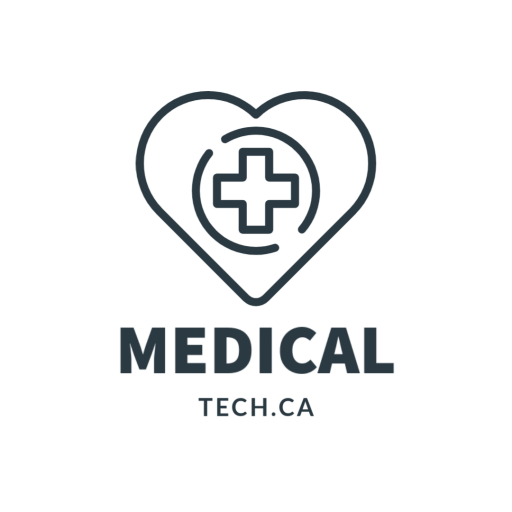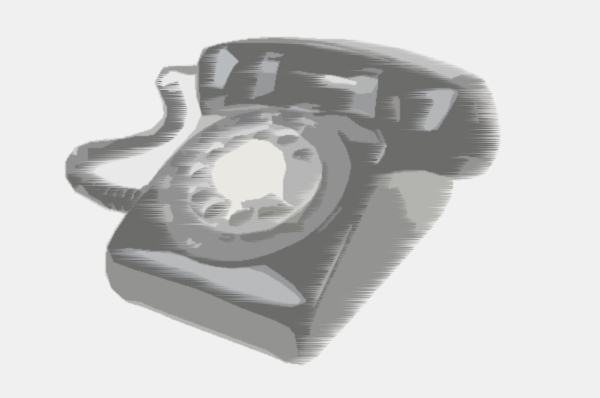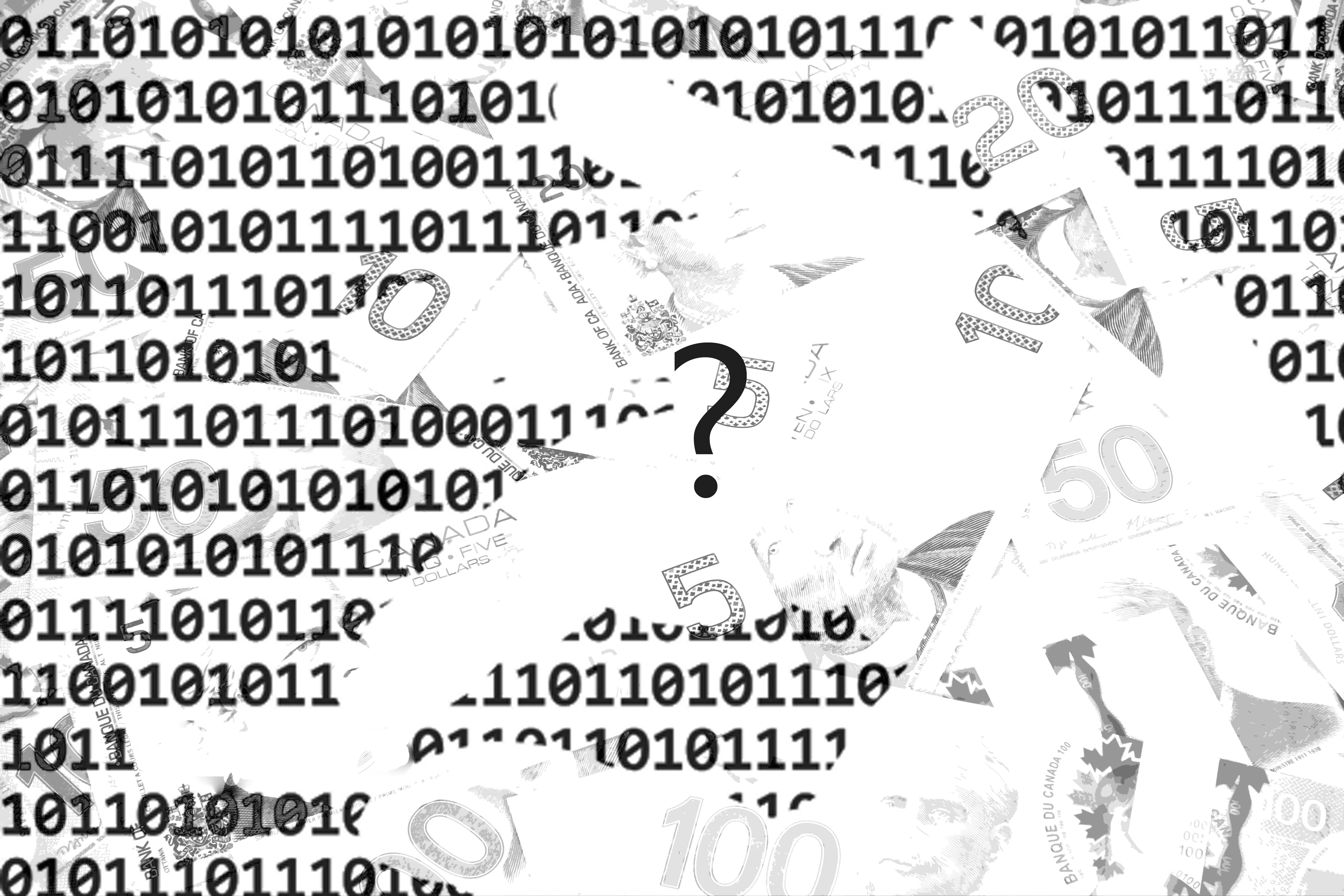
by medicaltechont | Mar 7, 2022 | Cloud, Electronic Medical Records, hackers, Healthcare, Hospitals
Mon Health discovered the second data security incident on December 18, 2021, when it detected unusual network activity. After the discovery, Mon Health disabled a “significant portion” of its IT network and initiated downtime procedures.
The breach did not involve Mon Health’s EHR systems. Still, it potentially exposed the names, addresses, Medicare claim numbers, Social Security numbers, birth dates, health insurance plan member ID numbers, dates of service, patient account numbers, medical information, and health plan enrollment status of some patients, providers, employees, and contractors.
Mon Health discovered the second data security incident on December 18, 2021, when it detected unusual network activity. After the discovery, Mon Health disabled a “significant portion” of its IT network and initiated downtime procedures.
The breach did not involve Mon Health’s EHR systems. Still, it potentially exposed the names, addresses, Medicare claim numbers, Social Security numbers, birth dates, health insurance plan member ID numbers, dates of service, patient account numbers, medical information, and health plan enrollment status of some patients, providers, employees, and contractors.
Click here to read more.

by medicaltechont | Feb 28, 2022 | Cloud, data, Electronic Medical Records, hackers
Hacking incidents still dominate the major health data breaches being reported to the U.S. Department of Health and Human Services in the first months of 2022 by far, with only one other type of breach appearing on the federal tally so far this year.
McQuiggan counseled all organizations, including healthcare providers, to reduce the risk of compromise by investing in their employees and providing an engaging cybersecurity training program that will help them spot social engineering scams, such as phishing emails.
“Organizations that suffer a data breach discover the costs to recover have a significant financial impact,”
Click here to read more.

by medicaltechont | Jun 9, 2018 | Canada, Cloud, e-Health, eHealth, Election, Electronic Medical Records, Healthcare, Hospitals, Medical Records, Technology
I have been a family physician practising in this province for 30 years. It is a great joy looking after my patients. However, looking after them in the health care quagmire of disconnected information and bureaucratic silos is becoming a nightmare. It is alarming seeing my young colleagues bewildered so early in their careers, and new graduates of family medicine are afraid to set up practice.
The province is carved up into 14 Local Health Integration Networks and 76 sub-LHINs each seemingly reinventing the wheel while consultants analyze the same things over and over again. There is an obsession with accountability frameworks designed by this ever growing bureaucracy that has little idea about what we actually do and what tools we need to do our job.
Hundreds of millions of dollars have been spent on a huge array of electronic repositories and information systems that don’t integrate at the most basic level with each other years after they were built. Providers spend countless hours trying to locate who does what where and what hoops to jump through to get appointments. We fax long paper forms with lab and other reports that are somehow not available from these expensive repositories. We typically access each other by phone in the absence of electronic messaging capabilities.
Read more at https://www.thespec.com/opinion-story/8651966-survival-at-the-front-lines-of-the-health-care-quagmire/

by medicaltechont | Jun 4, 2018 | Canada, Doctors, e-Health, eHealth, Electronic Medical Records, Healthcare, Ontario, Privacy, Toronto
A total of 5,063 public elementary students were suspended in Toronto this school year after getting caught in what one doctor called, a “1970s-style, cumbersome process” over immunization records.
The number of students suspended amounted to 7 per cent of the 73,262 elementary students in 586 Toronto public elementary schools assessed by Toronto Public Health from July to mid-December 2017. That’s a jump from 5.6 per cent last year.
“All of the students who were suspended either didn’t meet the immunization requirements as they were not up-to-date, their records were not filed on time, or they did not have a valid exemption,” said Dr. Vinita Dubey, associate medical officer at Toronto Public Health.
Read more at https://www.thestar.com/news/gta/2018/02/14/over-5000-elementary-school-kids-suspended-in-toronto-for-out-of-date-immunization-records.html

by medicaltechont | Jan 27, 2018 | Apple, e-Health, eHealth, EHR, Electronic Medical Records, Medical Records, Technology
Apple has announced a solution to bring health records to the iPhone, aiming to make things easier for users to access their medical information.
Right now, accessing your health data can be a real hassle and it may not always be easy to find a lab test or some other such record. With this in mind, Apple wants to make medical records easily accessible on the go, on iPhones.
Apple Bringing Medical Records To iPhones
Patients would previously have their medical records in multiple locations, which often required them to piece all information together, from each health care provider, manually. Together with the healthcare community, Apple created Health Records based on Fast Healthcare Interoperability Resources, or FHIR for short, which is a standard designed for the transfer of digital records.
Read more at http://www.techtimes.com/articles/219755/20180127/apple-is-bringing-digital-health-records-to-the-iphone.htm

by medicaltechont | Jul 30, 2017 | Electronic Medical Records, emr, Medical Records, Ontario
Electronic patient records in doctors’ offices across the country are being used by brand name drug companies looking to muscle market share away from generic competitors, a Star investigation has found.
Concerned physicians say a clinical tool they use to write prescriptions and care for patients is being co-opted, and they fear health records are being tapped so drug companies can increase profits.
In the battle for pharmaceutical dominance, this new tactic, deployed in software used by doctors, has allowed brand-name companies to capitalize on the moment a prescription is written.
Here’s how it works:
The patient records are found in EMRs, or electronic medical record software, owned by Telus Health, a subsidiary of the telecom giant. The software is used by thousands of Canadian doctors to take notes during patient visits and to create a prescription to be filled by the patient’s pharmacy.
Read more at https://www.thestar.com/news/canada/2017/07/29/doctors-use-this-software-during-patient-visits-now-big-pharma-is-tapping-it-to-sell-their-drugs.html







